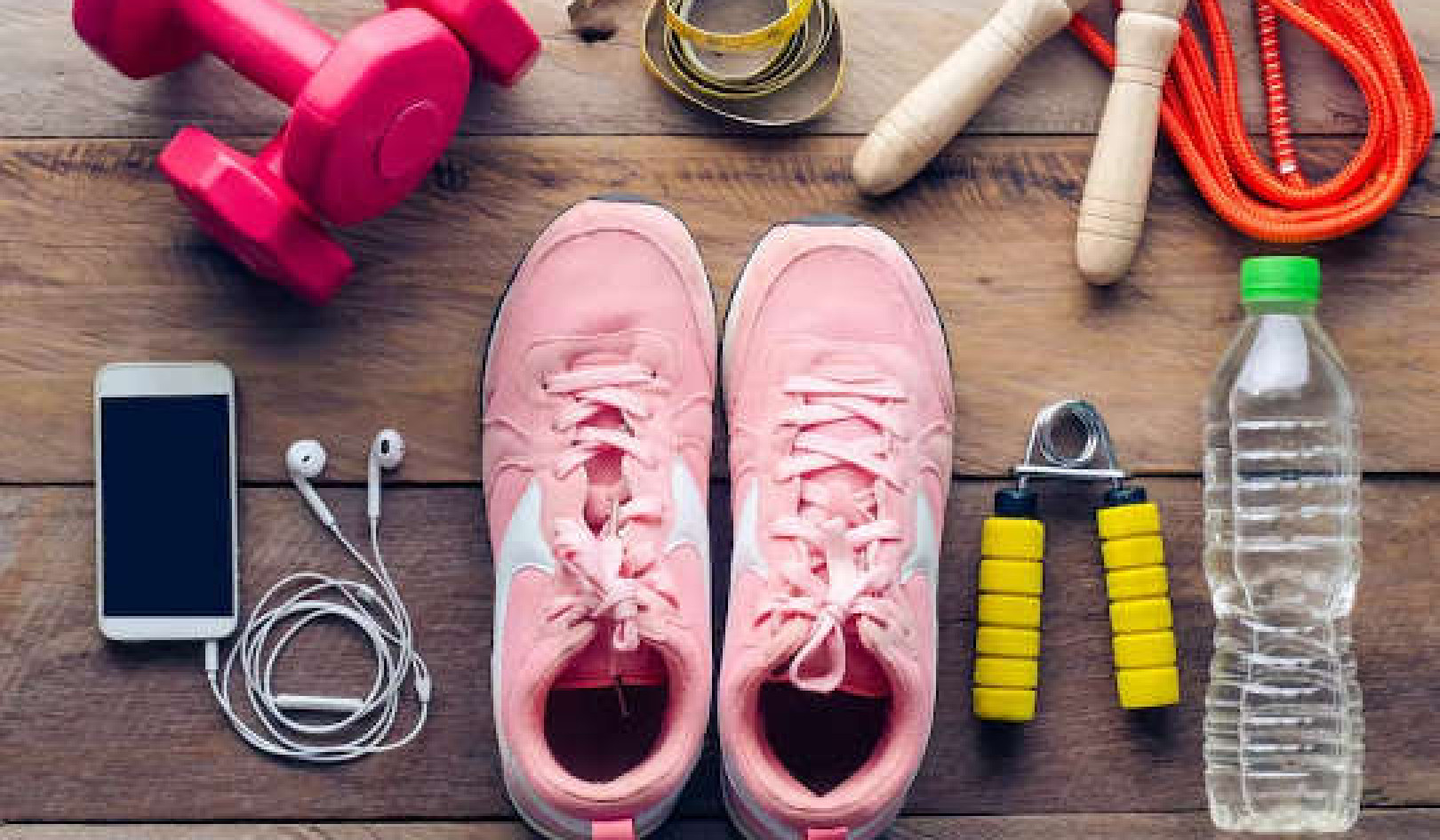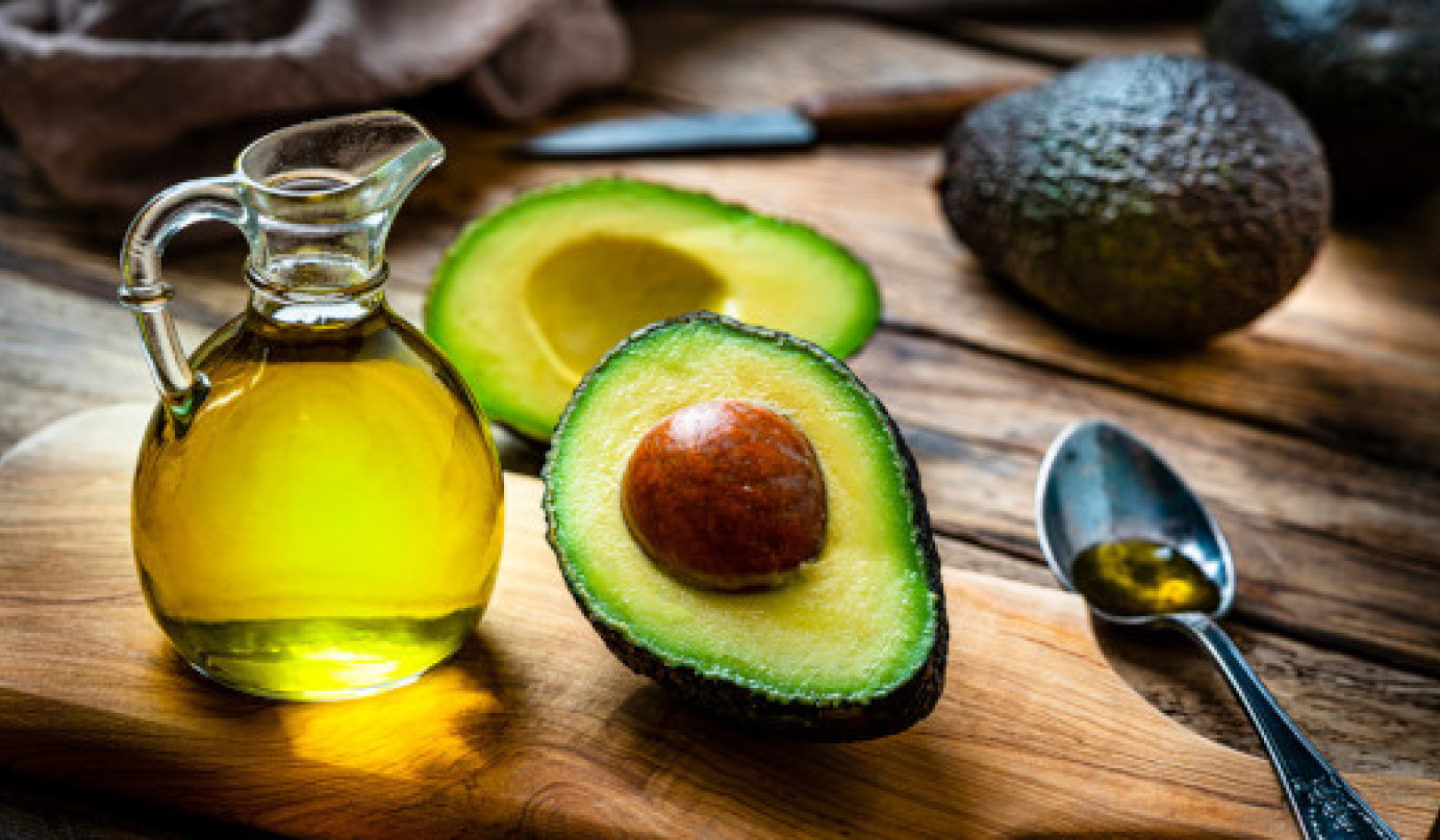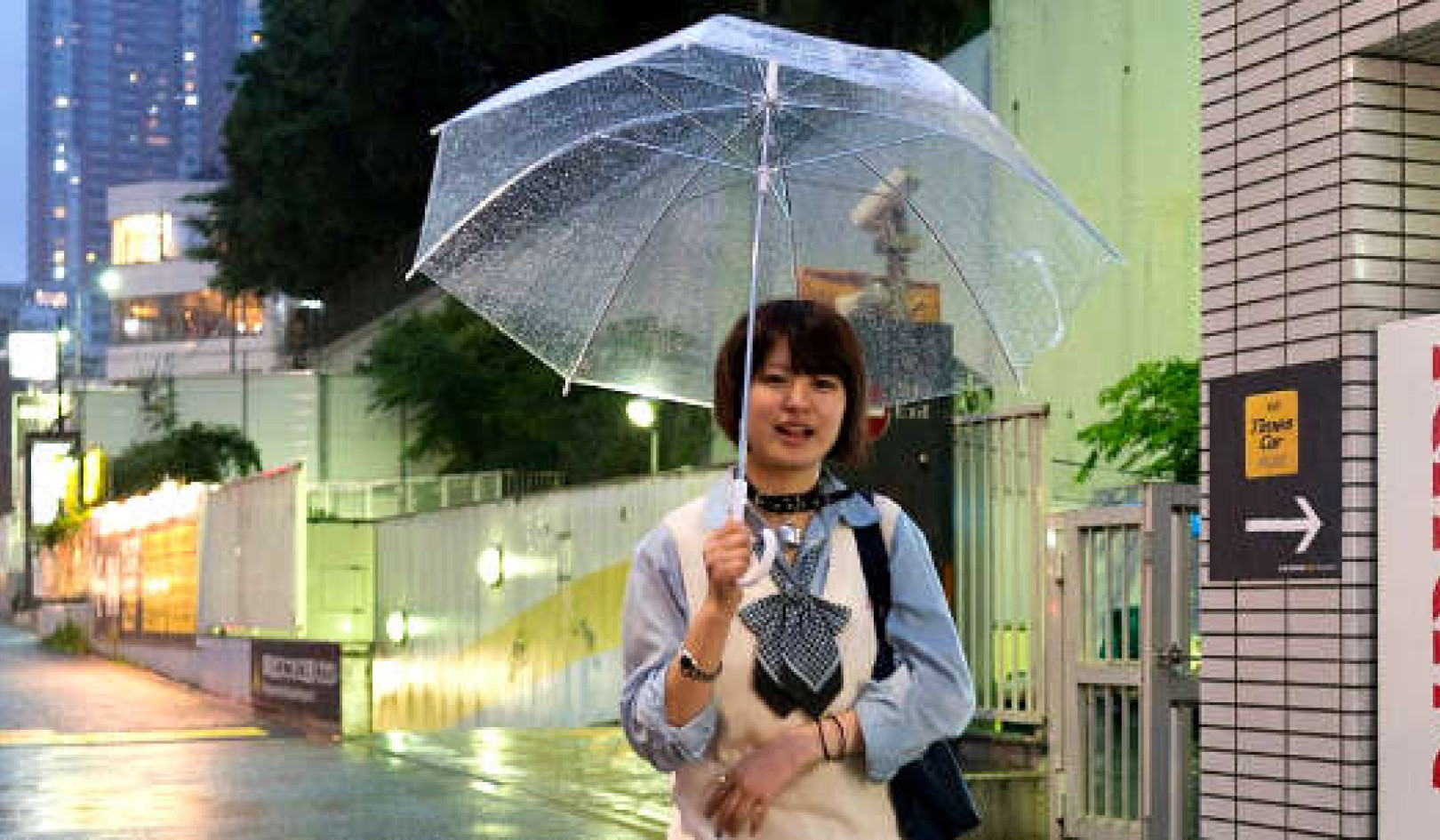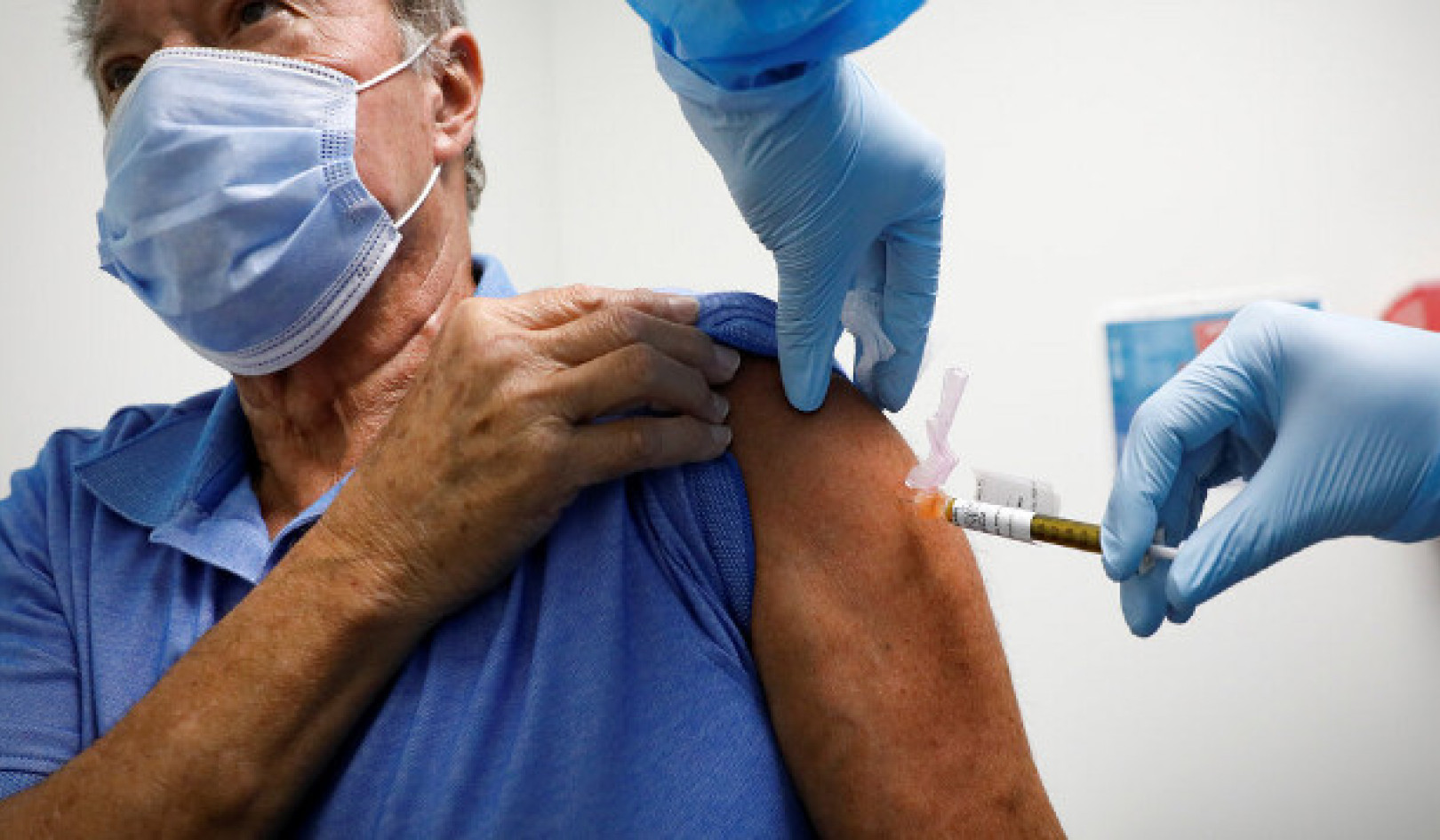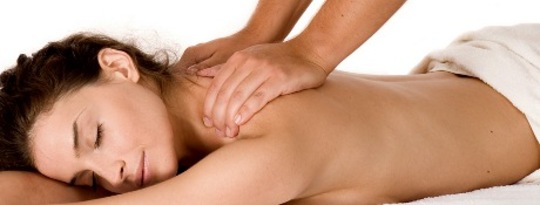
At the end of the day, less pain, anxiety, and nausea, better sleep and more energy add to quality of life. That is what people with cancer seek. Researchers measure this variable usually with a written questionnaire and sometimes an oral interview.
The Rotterdam Symptom Checklist is an example of a tool that has accepted validity for measuring quality of life. Within it are sections that cover psychological distress, physical status, functional status, and global quality of life. Common types of questions revolve around such parts of life as appearance, appetite, constipation, breathing, fear of the future, mood, decreased sexual interest, sleep, and much more.
Interestingly, a great deal of the research that included quality of life as an outcome measure was performed with people in palliative or hospice care. This can probably be explained by the fact that in palliative care, maintaining quality of life is the guiding principle. The focus is not on curing the person but on managing physical symptoms and providing emotional support.
Improved Quality of Life, Less Stress and Tension
Milligan et al. (2002) and Hodgson (2000) both examined the use of reflexology on hospice or palliative care clients. The majority of Milligan’s patients felt improved quality of life. Less stress and tension were reported, along with an increased ability to cope with their problems. All of Hodgson’s participants improved, even those in the control group who received a placebo reflexology treatment. However, the reflexology group reported greater improvements than the placebo group.
One or two things seem clear. In the short-term, the psychological component within the quality of life measure is constantly improved from touch therapies. Physical improvements were also noted in several studies. It may turn out that massage therapies are just one in a number of interventions that may affect quality of life.
Depression
Depression is common in cancer patients. Often it is studied as one of many variables in the quality of life questionnaires; less often it is isolated as a specific outcome measure. Four studies: Soden et al. (2004), Hernandez-Reif et al. (2005), Imanishi et al. (2009), and Krohn et al. (2011) reported positive results.
Hernandez-Reif’s participants were placed in one of three groups: Swedish massage three times a week over a five-week period, Progressive Muscle Relaxation, or standard care. Both intervention groups, massage and PMR, had an immediate improvement in depression following their first and last sessions. However, the massage intervention group showed greater improvement by the end of the study.
Imanishi et al. and Krohn et al. found both short-term and long-term benefits. Imanishi’s subjects received aromatherapy massage twice a week for four weeks. Depression was lessened after a single massage session and after the series of eight. The experimental group in Krohn’s project received twice-weekly massages for five weeks. At the end of the intervention period, depression had decreased. When measured six weeks following the intervention, depression was still improved.
Mood
Mood is assumed to improve as a result of massage. Two studies, Sims (1986) and Wilcock et al. (2004), showed a trend toward mood improvement. Post-White et al. (2003), showed a statistically significant increase in mood as a result of both massage and Healing Touch. Hodgson and Lafferty (2012) compared Swedish Massage and reflexology; both increased mood scores equally. A smaller sample size by Listing et al. (2010) reported no significant improvement in mood versus standard care.
Length of Hospital Stay
Reduction in length of hospital stay has been a much hoped for benefit because it would mean a cost saving to insurers. If this could be proved, the thinking goes, then massage would become standard care in medical centers. There is not enough research to yet fuel hope for this outcome.
Menard, in research for her doctoral dissertation, found that her postoperative participants were discharged half a day earlier than the control group; a statistically insignificant finding. The women who received massage during bone marrow transplantation went home three days sooner than those who did not receive massage, saving the hospital an estimated $1,440 per patient. (Lively et al., 2002) This study, though, had several methodological weaknesses and cannot be used to support claims of reducing the length of hospital stay.
Mehling et al. (2007) provide data from the largest sample size (n=138). The numbers show no difference in health care costs between standard care and the intervention group. One thing to note about this study, however, is a complex intervention protocol that consisted of a combination of Swedish Massage, acupressure massage, and acupuncture on Days 1 and 2 following cancer-related surgery. The lack of clarity in the intervention muddies the water a great deal.
They Enjoyed the Experience
In preparing this chapter, I came across some data from an unpublished study undertaken many years ago by a hospital. They had looked at fatigue, pain, nausea, sleep, and anxiety in 68 patients from both inpatient units and outpatient clinics. The data showed the massage and control arms were not significantly different from one another.
The primary investigator wrote to me with a somewhat painful tone; “...taking all the outcomes together, there was no significant effect of massage.” However, she went on to say that on the positive side, 91% of the patients rated the massage as good or excellent and 93% said they would probably or definitely get another massage; that they enjoyed the experience.
Maybe that’s where the real story is. En-JOY-ment. How to measure it, though, that is the question. People’s experience of massage cannot always be distilled into numbers.
Comparison of Modalities
 Swedish massage is the most common modality used in massage studies. Reflexology and aromatherapy massage are the next most often used. Interventions categorized as energy techniques, such as Reiki, Therapeutic Touch, and Healing Touch, have received minimal examination.
Swedish massage is the most common modality used in massage studies. Reflexology and aromatherapy massage are the next most often used. Interventions categorized as energy techniques, such as Reiki, Therapeutic Touch, and Healing Touch, have received minimal examination.
The best-studied comparison is between aromatherapy massage and massage given with regular carrier oil. The results are extremely inconclusive except to say that both interventions tended to be beneficial.
Soden’s team (2004) concluded that the addition of lavender did not benefit the massage. Stringer (2008) reported that both approaches decreased stress as measured by salivary cortisol. And Lai et al. (2011) examined abdominal massage for constipation using either AM or massage with a plain carrier oil. He found improvement from both interventions but greater benefit from the aromatherapy abdominal massage.
Little is known about how the varying disciplines compare in effectiveness; only a handful of studies have asked that question. Post-White compared massage, Healing Touch,(HT), presence, and standard care. Each of the first three interventions were superior to standard care.
Both massage and HT improved patients’ vital signs, mood, and pain. However, massage achieved greater results than Healing Touch in terms of anxiety and use of NSAIDS. Healing Touch, however, decreased fatigue more than massage. Until other studies replicate the Post-White design, nothing further can be surmised from her results. A single study is not enough to take to the bank.
Cassileth and Vickers (2004) examined three different bodywork interventions—full-body massage, light touch, and foot massage. Analysis from 1290 patients showed that massage and light touch were slightly better at relieving symptoms than foot massage. Patients receiving massage or light touch showed an average of 58% improvement in symptoms. Those receiving foot massage had a 50% improvement.
Several trials compared the use of massage to a non-massage modality. Hernandez-Reif et al. (2005) compared Progressive Muscle Relaxation and massage. Massage was more efficacious. Taylor et al. (2003) found massage to be of greater benefit than vibrational therapy for a group of women who underwent a laparotomy for removal of possible cancerous lesions.
Hodgson and Lafferty (2012) looked at the effect of reflexology versus foot massage and reported that all patients experienced increased comfort. However, only 33% of the foot massage group had an increase in quality of life while 100% of the reflexology group improved in this variable. Close examination reveals, though, that only 12 patients participated.
Nothing conclusive can yet be claimed about the benefits of one modality over another, and perhaps that will always be the case. At the end of the day, it may be determined that all touch modalities are effective.
Qualitative Research
Most of the research to date can be categorized as quantitative. Scientists pick an outcome to measure and then count how much or little there is of it. Another type of design, a qualitative one, may hold some promise for studying CAM therapies. Qualitative designs rely on the client’s subjective experience and observational data, rather than numbers. They get to the heart of the matter, so to speak.
Insurance companies and governmental bodies demanding evidence-based results won’t find these studies to be compelling because the themes that emerged are existential or psychologically based rather than outcome based. Billhult has led two qualitative studies (2001 and 2007b) of female cancer patients, mostly those with breast cancer. The themes identified in the 2001 study following a series of daily massage for ten days were:
1) the experience of being special;
2) a feeling of greater strength;
3) the creation of a positive relationship with staff members; and
4) meaningful relief from suffering.
The 2007a study of women receiving chemotherapy distilled into feeling that massage offered a retreat from the uneasy, unwanted, negative feelings associated with receiving chemotherapy.
Beck et al. (2009) studied the experience of massage for eight people with incurable cancer. They found massage to be a way to inner peace. It imparted a feeling of dignity and offered an opportunity to rest, relax and feel in harmony. Recipients felt a freedom from physical suffering and a disappearance of the heavy thoughts about their disease.
Bredin (1999) systematically examined the use of massage on body image issues for three breast cancer patients who had undergone a mastectomy. The six weekly massages revealed improved relaxation and sleep as well as the healing of emotional issues. Participants felt they could more easily touch or look at their scars. Massage helped them in resuming sexual relations, and they were better able to better cope with their changed self-image.
Dunwoody and her colleagues (2002) delivered six aromatherapy massage sessions to 11 people with cancer. A semi-structured group interview was used to uncover themes such as “feeling empowered” and “involved.” The sessions gave them the sense of being cared for through touch and having a place to be able to talk freely.
Until now, this chapter has described studies of massage sessions administered by bodywork practitioners or health care professionals. Another handful of studies has examined the efficacy of self-administration using acupressure or the benefits of touch techniques given by a partner. All of these projects had positive outcomes.
©1999, 2007, 2014 by Gayle MacDonald. All Rights Reserved.
Reprinted with permission of the publisher,
Findhorn Press. www.findhornpress.com.
Article Source
Medicine Hands: Massage Therapy for People with Cancer (3rd edition)
by Gayle MacDonald, MS, LMT.
Click here for more Info and/or to Order this book.
About the Author
 Gayle MacDonald, M.S., L.M.T., began her career as a teacher in 1973 and as a massage therapist in 1989. In 1991, she blended her two career paths. Since 1994, she has given massage to cancer patients and supervised massage therapists on the oncology units of Oregon Health and Science University. Gayle is a frequent contributor to the three main massage journals in the US. Presently, she travels the US teaching continuing education courses in oncology massage. She is also the author of Massage for the Hospital Patient and Medically Frail Client.
Gayle MacDonald, M.S., L.M.T., began her career as a teacher in 1973 and as a massage therapist in 1989. In 1991, she blended her two career paths. Since 1994, she has given massage to cancer patients and supervised massage therapists on the oncology units of Oregon Health and Science University. Gayle is a frequent contributor to the three main massage journals in the US. Presently, she travels the US teaching continuing education courses in oncology massage. She is also the author of Massage for the Hospital Patient and Medically Frail Client.
View a video about the healing value of massage: The Healing Aspects of Massage for Cancer Patients





















